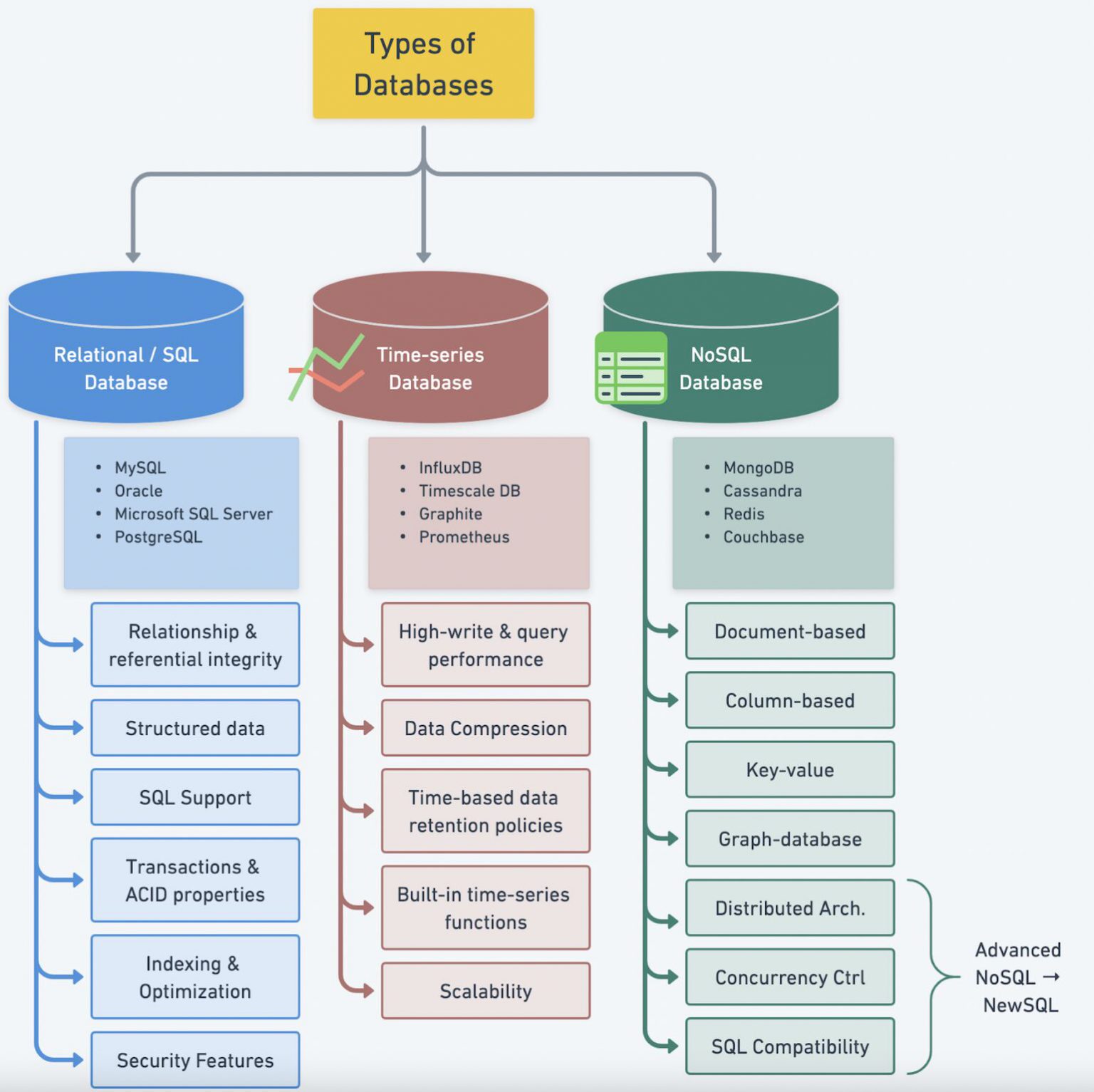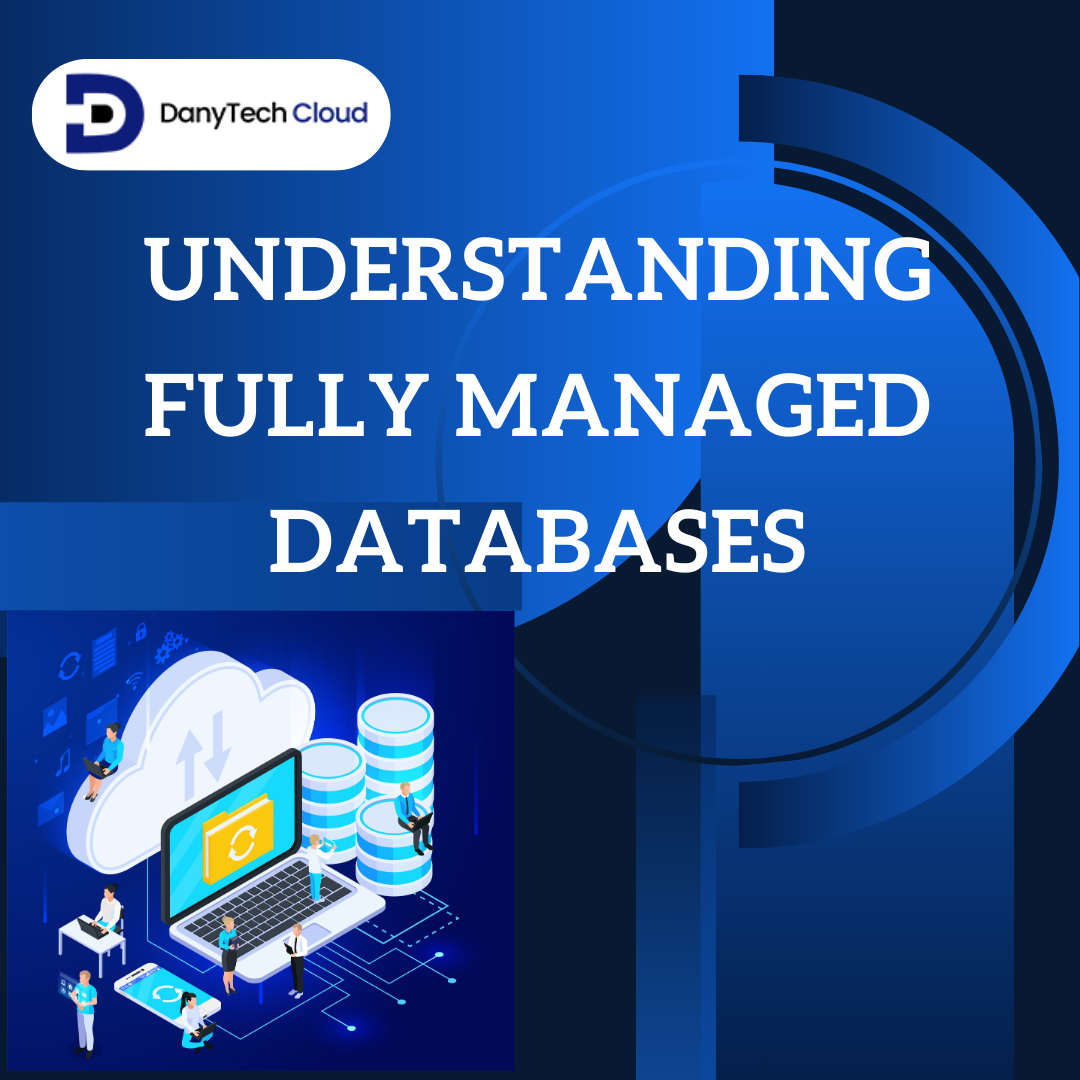Do you ever wonder how the digital world manages to store and retrieve the enormous amount of data that powers our daily lives? Understanding databases is not just a technical skill; it's a fundamental necessity in today's data-driven environment.
Databases, at their core, are organized repositories. They're designed to house data efficiently, allowing for seamless retrieval and manipulation. The choice of database structure profoundly impacts the efficiency and accuracy of data analysis. The evolution from SQL to NoSQL signifies a critical shift in the technological landscape, reflecting the changing demands of data management.
Before we proceed, consider a brief overview:
- What is a database? At its simplest, a database can be thought of as a file cabinet of sortsit holds various types of information, or data, in a systematic way.
- Why is it important? Databases are the backbone of virtually every application and service we use in the digital age. They play a crucial role in organizing and retrieving data efficiently.
- Key Concepts: Understanding what a database is and how it works, as well as choosing the appropriate type and implementing proper procedures, is essential for dealing with large amounts of data.
To illustrate the concepts, let's consider a hypothetical person who has deeply contributed to the understanding and evolution of database management. This allows us to explore the significance of databases through a concrete example:
| Category | Details |
|---|---|
| Full Name | Dr. Eleanor Vance |
| Date of Birth | October 22, 1965 |
| Place of Birth | Boston, Massachusetts, USA |
| Education | Ph.D. in Computer Science, MIT M.S. in Computer Science, Stanford University B.S. in Mathematics, Harvard University |
| Career Highlights |
|
| Research Focus | Distributed Databases, NoSQL Systems, Data Integrity, Data Warehousing |
| Key Publications |
|
| Awards and Recognition |
|
| Website Reference | Carnegie Mellon University - Faculty Page |
Databases are far more intricate than the flashing lights and cables that many associate with data servers. In reality, that hardware represents just one layer of the equation. Databases are much simpler than that; they function as organized stores that efficiently house and manage data, ready for retrieval and manipulation when needed. Their importance is echoed throughout the digital world, from managing customer information in businesses to organizing scientific research data.
The early days of databases were dominated by relational databases. These systems store data in tables with rows and columns, where relationships between tables are established using keys. SQL, or Structured Query Language, is the standard language for creating, reading, updating, and deleting data in these databases. However, the emergence of NoSQL databases marked a shift. They are designed to handle the demands of modern applications, such as the ability to handle unstructured or semi-structured data, and providing the scalability that relational systems sometimes struggle with.
- Vegamovies 2025 Access Enjoy Movies Guide
- Find Movies Shows Your Guide To Vegamovies Streaming Options
The choice between SQL and NoSQL hinges on the data structure and the specific needs of an application. SQL databases work best with structured data, while NoSQL is a better option for handling unstructured data. Product managers, in particular, must understand these differences to guide technical discussions and build robust product architectures.
Consider a simple contact directory. It includes information like names, addresses, and phone numbers, all organized in a consistent format. This concept mirrors how data is stored in databases, regardless of the complexity.
Understanding database management systems (DBMS) is crucial for effective data handling. A DBMS is essentially a collection of programs that allow users to create and manage databases. It provides the interfaces needed for database interaction. These systems manage the data, ensuring its accuracy, consistency, and reliability, which is essential for any business's success.
One of the core principles of database management is ensuring data integrity. The accuracy, consistency, and reliability of data are essential to maintaining the overall quality of a database. As companies rely more and more on data to make informed decisions, the quality of this data becomes paramount. Data quality tools play a vital role in this process.
Lets delve into the different types of databases. Here are a few of the most common:
- Relational Databases: These are the most widely used and employ structured tables with predefined relationships between data elements. They use SQL to develop new database assets or extract information through queries.
- Flat File Databases: These are simple and easy to understand, with each data point stored in a separate file or region in the systems storage.
- Graph Databases: Unlike other DBMS, relationships take first priority in graph databases. In the graph world, the connections between data are as important, if not more, than individual data points.
Database pooling is another important concept. Database systems such as PostgreSQL have a maximum number of connections that they can handle at any given time. Understanding how to manage these connections efficiently is critical for maintaining system performance.
In mobile app development, understanding databases is essential for making informed decisions about tools and frameworks. The choice of the right database significantly impacts the application's performance and ability to scale.
Understanding databases and how they are structured goes beyond just knowing SQL. Exploring a database schemathe blueprint that shows how all the pieces fit togetheris vital for writing effective queries and uncovering insights.
To gain a deeper understanding, consider the lectures by Dr. Gary Boetticher at the University of Houston at Clear Lake, which cover the fundamentals of database management, and move into more complicated concepts. These can be an invaluable resource for anyone navigating the world of databases.
In summary, as we navigate our increasingly digital world, the effective management of data has become crucial for success. The ability to systematically organize and access data is a fundamental requirement, across academic research and business operations. Understanding the components of a database is key to grasping how it operates. By appreciating the distinct advantages of databases, businesses can better align their choices with specific needs and lead technical discussions more effectively.
- Cubbi Thompson Age Height More What You Need To Know
- Cubbi Thompson Age Bio More Latest News Updates


